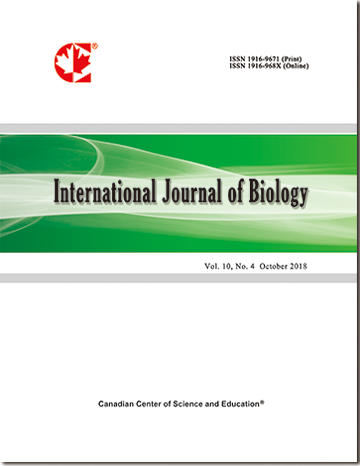The Effect of Light and Water Supply on Growth, Net CO2 Assimilation Rate and Mineral Content of Salak (Salacca zalacca (Gaertn.) Voss) Seedlings
- Reni Lestari
- Georg Ebert
- Susanne Huyskens-Keil
Abstract
The study was carried out in a greenhouse of at the Institute for Horticultural Sciences of the Humboldt Universität zu Berlin. Seven-months-old seedlings of salak cultivars “pondoh” from Indonesia were used for the study. At this age, plants are usually transferred from the nursery to the field in the growing region. An experimental block design was arranged for the study. A total of 48 experimental plants was separated into two blocks, namely shading (S) and non-shading (N). Three water supply treatments were assigned to each block. At the beginning of the study, the seedlings for N treatment were moved from shading to non-shading tables in the greenhouse. Three water supply treatments were assigned to each block. At the beginning of the study, the seedlings for N treatment were moved from shading to non-shading tables in the greenhouse. Two additional 400 W lamps (HQI-TS/D, OSRAM, Germany) were placed 2 m above the seedlings in the N treatment. Three watering treatments, applied to each block, were W1 (100 ml distilled water per plant every 2 days), W2 (100 ml per plant every 4 days) and W3 (100 ml per plant every 6 days). Therefore, the combinations of the treatments were SW1, SW2, SW3, NW1, NW2 and NW3. Responses to be analysed were shoot and root dry weight, increment of shoot length and leaf area, net CO2 assimilation rate (PN) and plant mineral contents, i.e. N, P, K, Ca and Mg. In addition, water content of the growing media was recorded. The study results showed that shading, which reduced sunlight by 70 %, was not beneficial for 7-months-old salak seedlings, due to lower growth rate, PN and N content as compared with plants in non-shading conditions. On the other hand, light intensities above 800 µmol m-2 s-1 (PAR) possibly cause leaf bleaching and should be avoided. Salak plants did not tolerate drought conditions. However, different water supply did not affect PN and mineral uptake (N, P, K, Ca, Mg) of salak plants.
- Full Text:
 PDF
PDF
- DOI:10.5539/ijb.v3n3p94
Journal Metrics
h-index (December 2021 ): 37
i10-index (December 2021 ): 149
h5-index (December 2021 ): N/A
h5-median (December 2021 ): N/A
Index
- ACNP
- AGRICOLA
- BASE (Bielefeld Academic Search Engine)
- CAB Abstracts
- CiteFactor
- CNKI Scholar
- CrossRef
- DTU Library
- Elektronische Zeitschriftenbibliothek (EZB)
- Excellence in Research for Australia (ERA)
- Google Scholar
- Infotrieve
- LIVIVO (ZB MED)
- LOCKSS
- Max Planck Institutes
- MIAR
- PKP Open Archives Harvester
- Qualis/CAPES
- ResearchGate
- ROAD
- SafetyLit
- SHERPA/RoMEO
- Technische Informationsbibliothek (TIB)
- Universe Digital Library
- WorldCat
Contact
- Ryan JonesEditorial Assistant
- ijb@ccsenet.org
